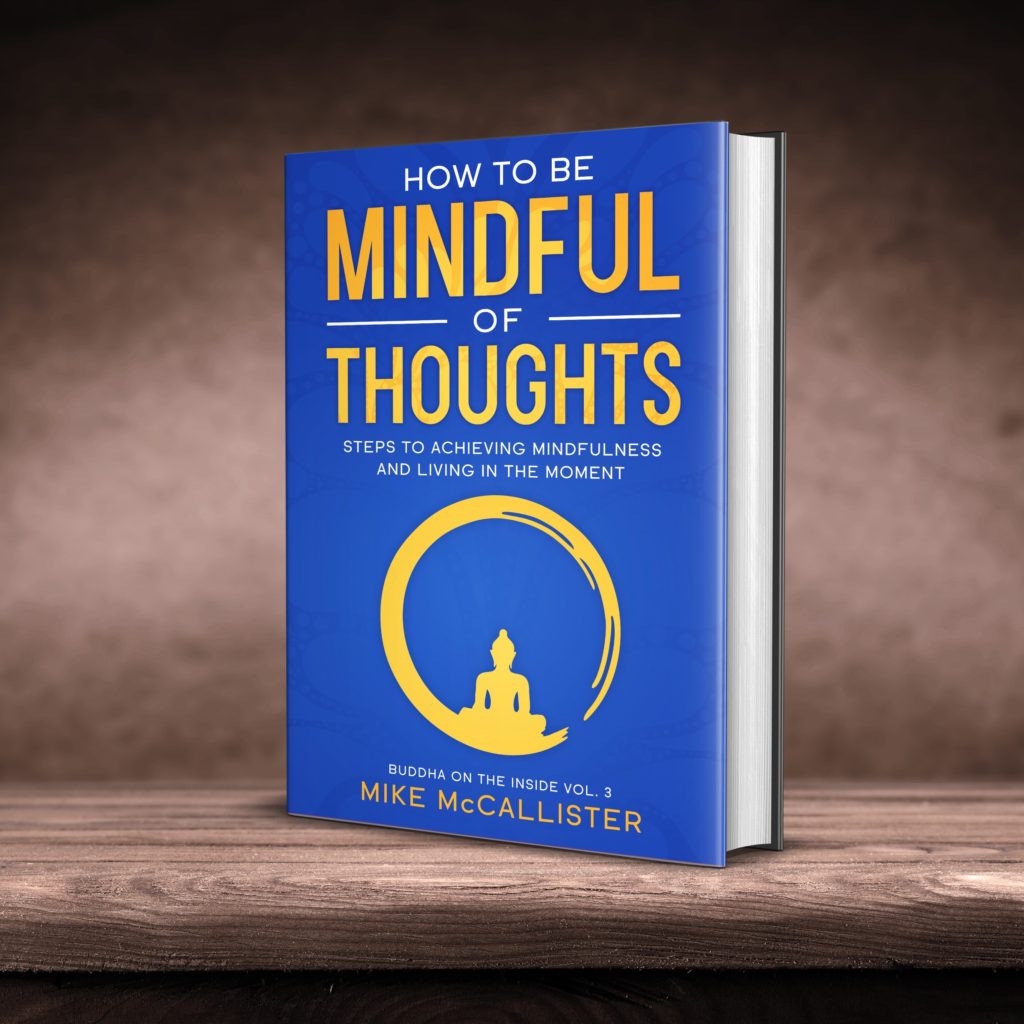
In the blog post – How Mastering Mindfulness Can Make You A Darling Of Your Boss (And Probably Get You A Promotion), we discussed how practicing and mastering mindfulness can help you become a workplace darling.
As mentioned previously, that happens because mindfulness improves your level of focus, performance, and productivity by helping you concentrate on the moment, set priorities, manage distractions, and reach work on time. Being a valuable employee is what your boss expects from you. Nurturing mindfulness ensures you meet his/her expectations well.
To take the lessons discussed in the previous blog post a notch higher, in this blog post, we’ll discuss mindfulness-based practices and exercises you can engage in while at work so that you live in the moment, work passionately, and tend to your tasks with focus.
#: Break a task into small segments
If you don’t have the habit of tending to a task attentively, even simple 20-minutes tasks will probably overwhelm you and end up taking longer than necessary.
When you feel overwhelmed, you are likely to fret about your performance, compare yourself to your previous performances, and struggle to work attentively on the task at hand. You can make the process easier for yourself by breaking a task into small segments, even when the task in question is easy.
If you have to write a 500-word press release announcing your company’s latest product offering, break the task into smaller chunks such as choosing a headline, gathering information, writing the introduction, crafting the body, and concluding the press release.
When you have smaller tasks to complete, it becomes easier to engage in each installment mindfully, work on it attentively, and complete it within the stipulated deadline —or even before.
#: Take small mindfulness breaks
Consciously focusing on one task or the present moment for a long time, particularly when you haven’t habituated this ability, can be challenging.
To build this habit slowly and make the process easier for yourself, especially during hectic breaks, take 2 to 3-minute mindfulness breaks every 2 to 3 hours. To do this, just disengage from whatever you are doing for 2 minutes and pay attention to how you feel at that moment.
You can use this time to observe the tree outside your window, pay attention to the tension in your shoulders, or observe the rumbling sounds in your tummy. The more you engage in such practices, the easier it shall be to train yourself to focus on any one thing at a time, relax your stressed nerves, and build the habit of being mindful at all times.
#: Engage your five senses in the experience
Most of the time, we carry out tasks mechanically, without engaging our five senses. When we do this, we are likely to feel disconnected, find tasks annoying, and struggle to work mindfully.
Mindfulness is about immersing yourself in experiences by focusing on them fully. To build that ability, train yourself to engage your five senses in every moment.
Every time you start a task, pay attention to the textures you can feel, the sounds you can hear, the odors you can smell, the tastes on your tongue, and the sights you see.
For instance, if you are creating a website layout for a client, pay attention to how the keyboard keys feel on your fingers, the colors on the screen, and the sound of the keys as you type. Moreover, imagine how the different colors you use in the layout would taste or smell. This creative visualization exercise will, without doubt, engage you in the task, which will help you become more mindful and carry out a task attentively.
#: Practice mindful, deep breathing
Some days at work can indeed take a toll on your wellbeing and sanity. On such days, you may find yourself flooded by piles of tasks to the point of feeling somewhat suffocated, stressed, and agitated to the core. During such times, it feels easier to slip into negative thinking, which, unfortunately, only burdens you with undue stress.
A good mindfulness strategy you can use to break this cycle and keep yourself mindful even during exhausting times is to practice deep breathing.
Here is how to practice mindfulness breathing:
- Stop doing your current task and sit in a quiet corner of your office. If your work station is a small cubicle and you feel distracted by the different sights and sounds around you, go outside to get some fresh air and breathe deeply.
- Once alone, close your eyes, even if you are standing, and shake your hands gently.
- Once you feel freer, take a deep breath through the nose to a count of 5, then exhale through your mouth to a count of 7. Exhaling for longer activates the parasympathetic nervous system, also called the rest and digest system, a system that regulates your ability to relax.
- Take 3 deep breaths in this manner and then gently pay attention to how you inhale and exhale.
- When you inhale, pay attention to how the air caresses the rim of your nose, the hair follicles therein, and circulates inside your body, producing different sensations inside you. Try to notice and name as many individual sensations and feelings as possible.
- Use a similar approach to watch your breath as you exhale, tuning into your body and breath so that you focus on it better.
- Continue watching your breath slowly and gently for about 2 to 5 minutes.
- You will wander off in thought. When that happens, acknowledge it by saying, “undue thinking has occurred,” but slowly realign your focus on your body and breath and become consciously aware of it again.
Practice this simple exercise every time you feel stressed or anxious; in a matter of minutes, you will feel calmer and more mindful of yourself and the environment.
#: Observe the environment
Mindfulness is more than just about observing your thoughts and feelings, and the task at hand; it also encompasses mindful observance of your surrounding environment.
We often get so engrossed in our worries and workplace tensions that the only thing that can bring us back to the present moment is an external force. Observing the environment is an effective way to do this, especially during hectic workdays.
Here is how to engage in the mindful observance of your present environment:
- Start by taking a few deep, calming breaths.
- After a few moments of deep breathing, pay attention to any aspect of your workspace. You could observe the color of the walls, your desk lamp, the paperweight next to the pen holder, or anything else in the environment that captivates your attention.
- Observe that item very carefully from different angles and sides while battling the urge to wander off in thought. If you wander off in thought, remember to be gentle with yourself as you reorient your conscious awareness.
- Watch this item mindfully for about 2 to 3 minutes; soon enough, you’ll notice a sense of calm settling in your psyche.
Once you master these mindfulness practices, it will be easier to integrate mindfulness into your work life and daily routine.
As you work on these hacks, endeavor to share mindfulness with as many people as you can, including work colleagues.

In my book – How To Be Mindful Of Thoughts: Steps To Achieving Mindfulness And Living In The Moment (Buddha on the Inside Book 3), I discuss various other approaches you can use to increase mindfulness. Get your copy and see your productivity at work increase rapidly.
Written with beginners in mind, It will teach you:
- The basics of mindfulness, including what it really is, what it entails, how it works and more
- Why you need to nurture mindfulness
- How mindfulness and leadership coexist
- How to transform your life with different mindfulness techniques
- How to observe your thoughts, manage your emotions and feel good with mindfulness-based meditative techniques
- How to make mindfulness part of your everyday life to derive all its benefits
…And so much more!
Related articles:




2 thoughts on “Creative Ways To Practice Mindfulness At Your Workplace Even When You Have A Hectic Work Schedule”
Comments are closed.